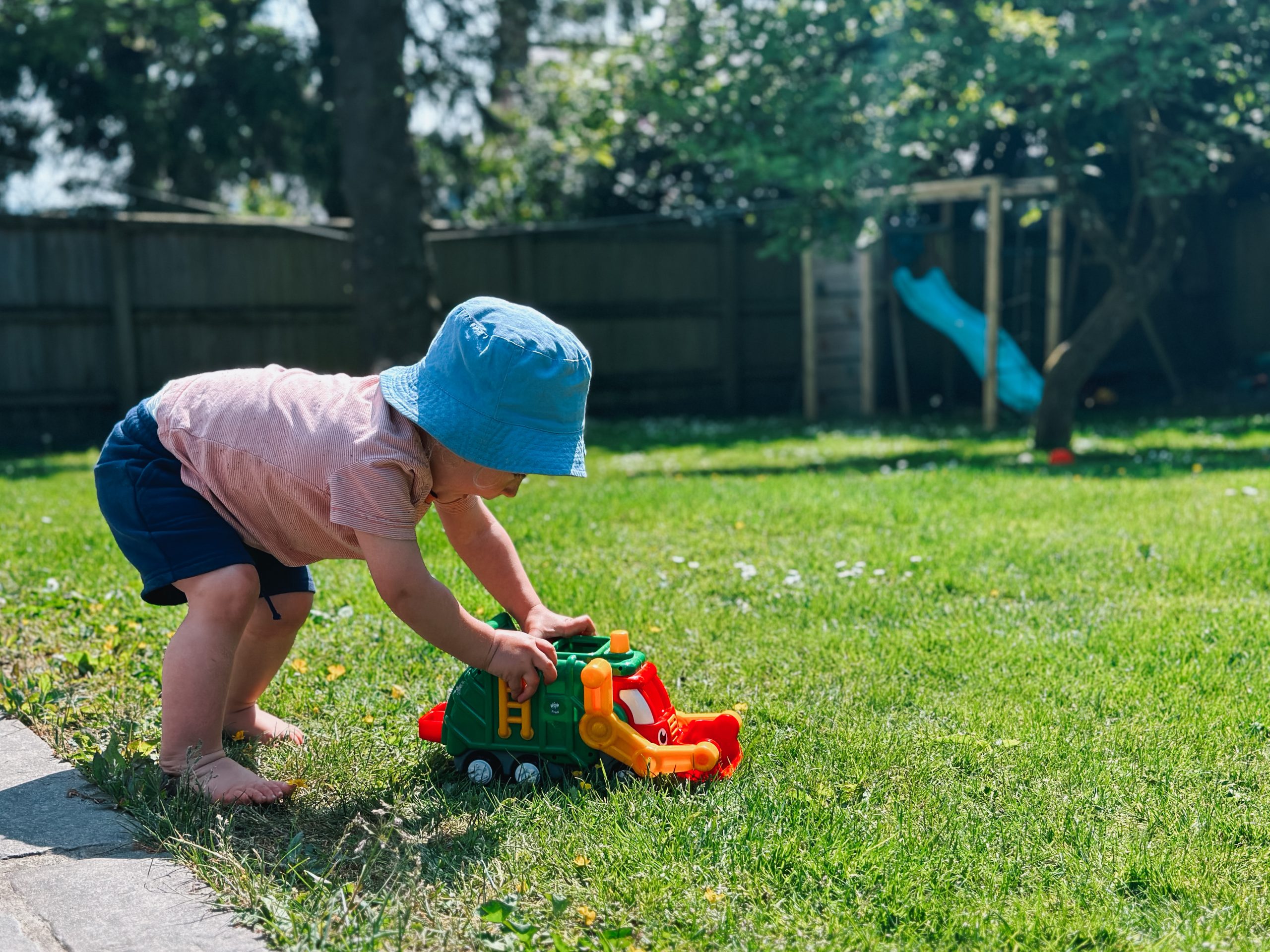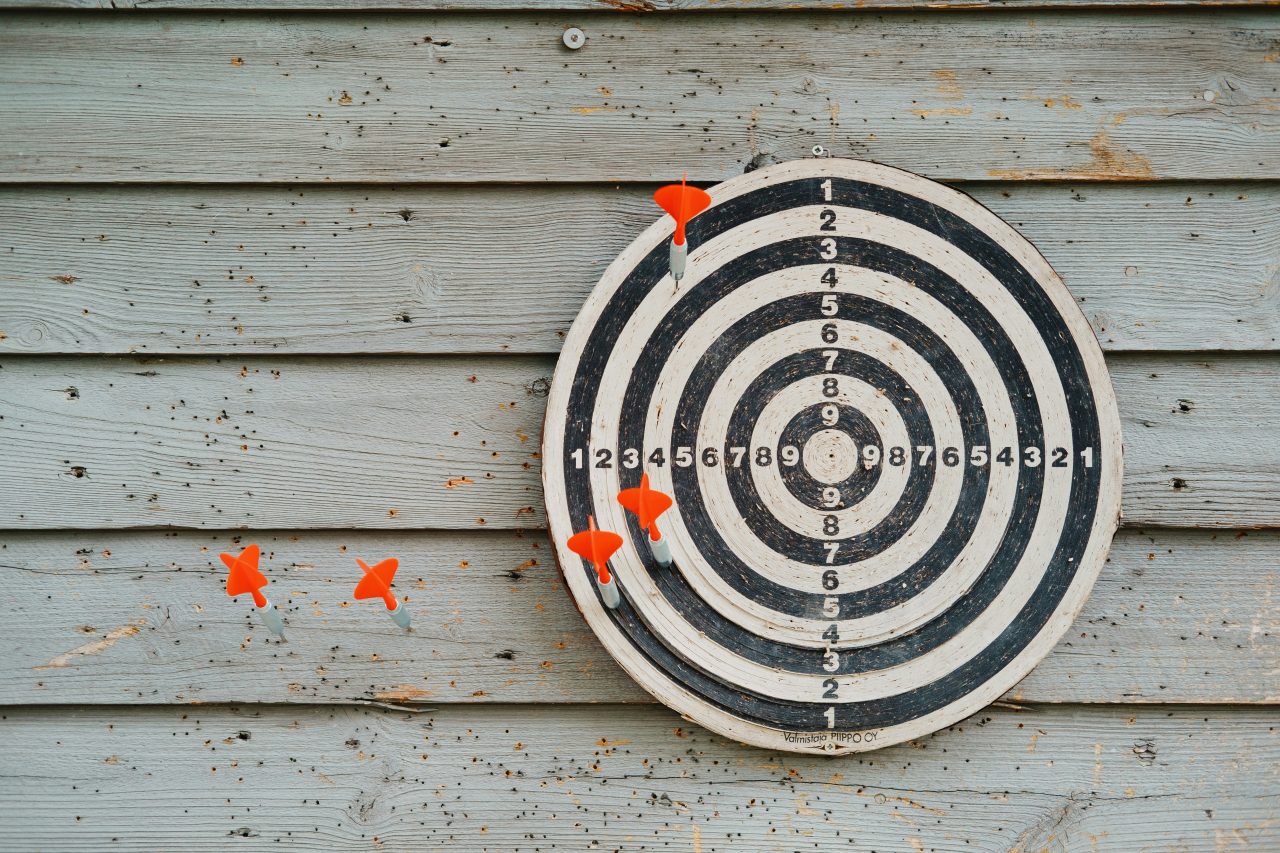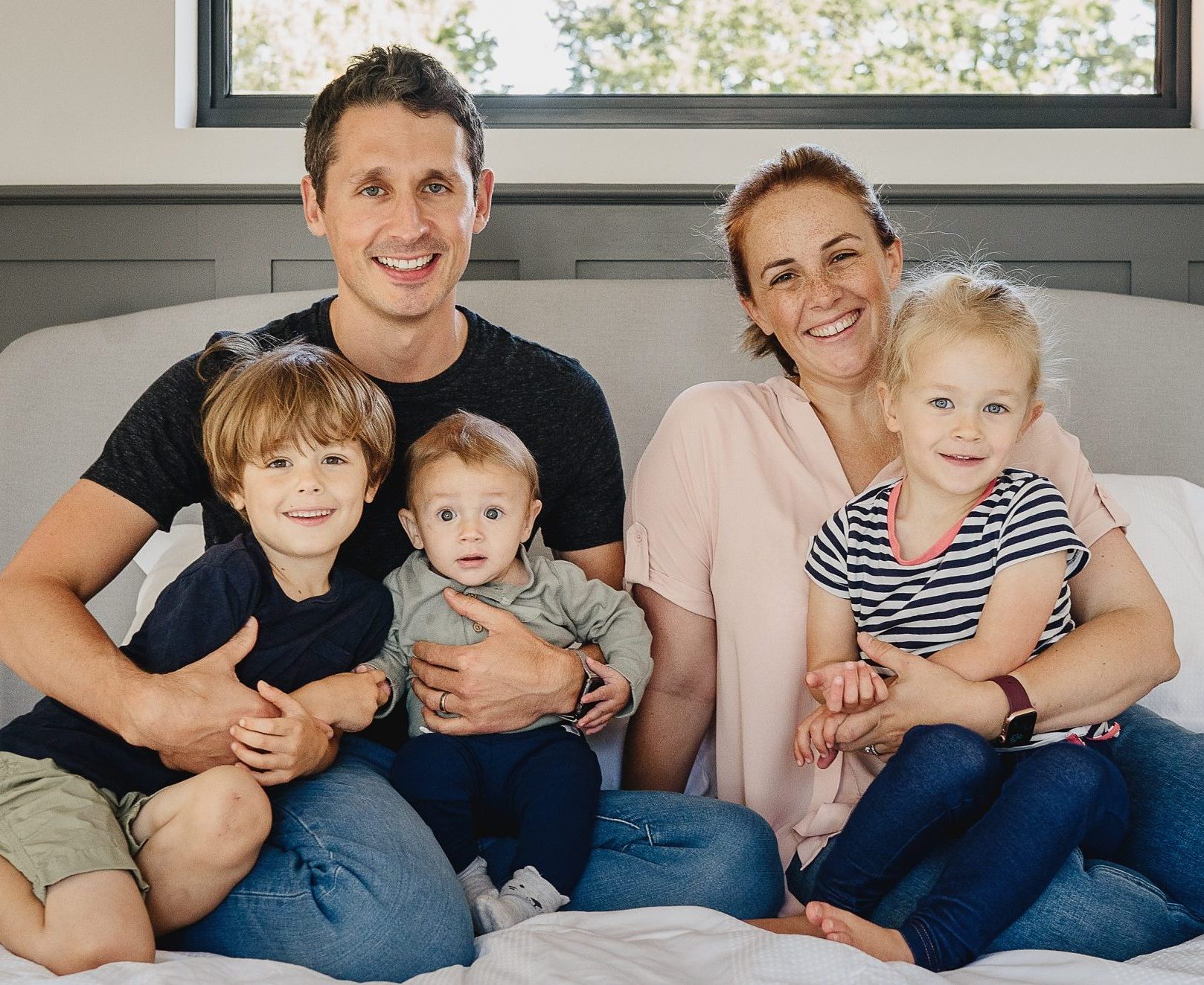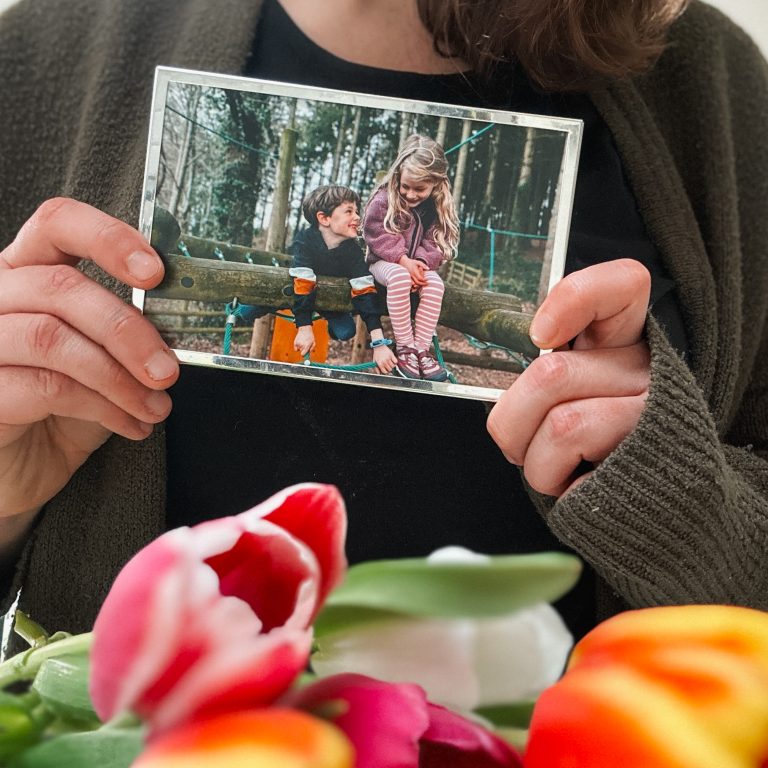As a parent, there’s something both thrilling and terrifying about knowing you’re shaping a human mind. One minute you’re teaching them to tie their shoelaces; the next, you’re wondering if what you say today might echo in their future choices. You want to raise someone who’s kind, sharp, adaptable — brilliant, even. But how do you get there? What if it’s not about pushing harder or piling on lessons, but understanding how their brain actually works? Enter neuroplasticity — the brain’s natural ability to change, mould, and grow with experience. This isn’t just clever science. It’s the gentle key to nurturing a resilient, brilliant child.
What Is Neuroplasticity?
The word might sound clinical, but the idea is surprisingly warm. Neuroplasticity means the brain isn’t set in stone. It reshapes itself every time we learn something new, fail at something difficult, or try again. Think of it like clay — soft in childhood, a little firmer with age, but still shapeable with the right kind of touch. It’s not magic. But it’s close.
Some days, it feels like your child is stuck — unable to grasp a concept or overwhelmed by something small. Neuroplasticity whispers otherwise: they’re not stuck, they’re just still wiring up. Every attempt, even the messy ones, is part of that construction. That’s where you come in.
Why It Matters For Your Child’s Development
Brains grow with use. Use them in one way often enough, and those pathways get stronger. That’s why a child who doodles constantly might suddenly be able to draw people that actually look like people. It’s why reading clicks one day,when it was all blurry the day before. The science is plain, but the implication is poetic — effort becomes architecture.
If you’ve ever thought, “My child just isn’t a maths person,” you’re not alone. We were raised on the myth that ability is baked in. It’s not. It’s built. They may not be a maths person yet. The ‘yet’ is everything. Neuroplasticity doesn’t promise overnight brilliance — it offers hope in persistence.

Practical Ways To Harness Neuroplasticity At Home
Here’s where things get ordinary, but also extraordinary. Imagine a child sitting cross-legged on the floor, tongue poking out in concentration, trying to solve a sudoku puzzle they found on the kitchen table. They scribble, erase, frown — then suddenly grin. That’s not just a game; it’s neural fireworks. The brain loves being challenged in new ways, especially when it’s self-directed.
One evening, your child might burst into tears after getting something wrong. This is your moment. Remind them gently: mistakes are where brains grow. Not in the smooth, easy wins — but in the grit of trying again. Their frustration today is tomorrow’s skill taking shape.
You don’t have to be perfect. Model growth yourself. Say, “I don’t know, but let’s find out together.” Watch how that changes everything. Children who see their parents learning out loud learn to be unafraid. They learn to stretch.
And some days, stretching means sticking to the familiar. Routine helps children feel safe — but too much of it can become a box. So take detours. Pick a new walk home. Cook something weird. Paint in the garden. Let their brains experience the joy of novelty. They’ll thank you for it — maybe not today, but one day.
The Role Of Emotion In Brain Growth
Here’s something that doesn’t get said enough: emotions are not the enemy of learning — they’re the engine. When a child feels safe, loved, and seen, their brain lights up in ways that make deep learning possible. On the flip side, if they’re anxious or constantly worried about getting things wrong, their brain shifts into survival mode — and learning takes a back seat. That’s not softness; it’s science. So yes, cuddles matter. So do quiet chats after a meltdown and laughing together over burnt toast. Emotional connection lays down the pathways that make growth sustainable. You don’t need to be an expert in psychology — just be a consistent, calm presence. Because the brain grows best not just through challenge, but through warmth.
Final Thoughts
You don’t have to raise a genius. You just have to believe their brain isn’t finished. It’s building itself, with every bedtime story, every tantrum, every hug. You are part of that scaffolding. Not with pressure or perfection — but with presence. Neuroplasticity tells us that children aren’t limited by what they can’t do yet. They’re full of possibilities, waiting to be sparked. So keep showing up. Keep asking questions. Keep cheering when they try again. You’re not just raising a smart child. You’re helping them grow a brain that can do hard things — and enjoy doing them.









No Comments